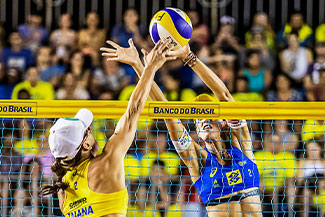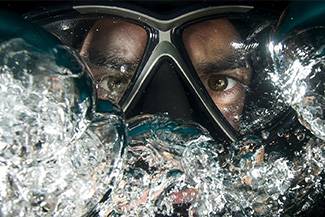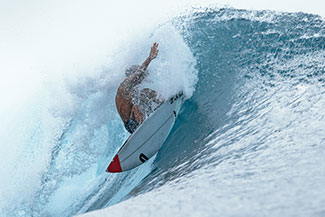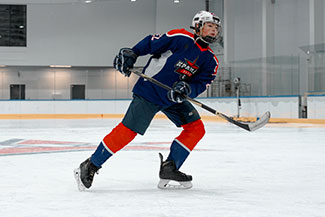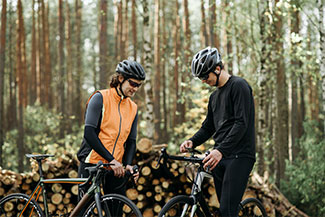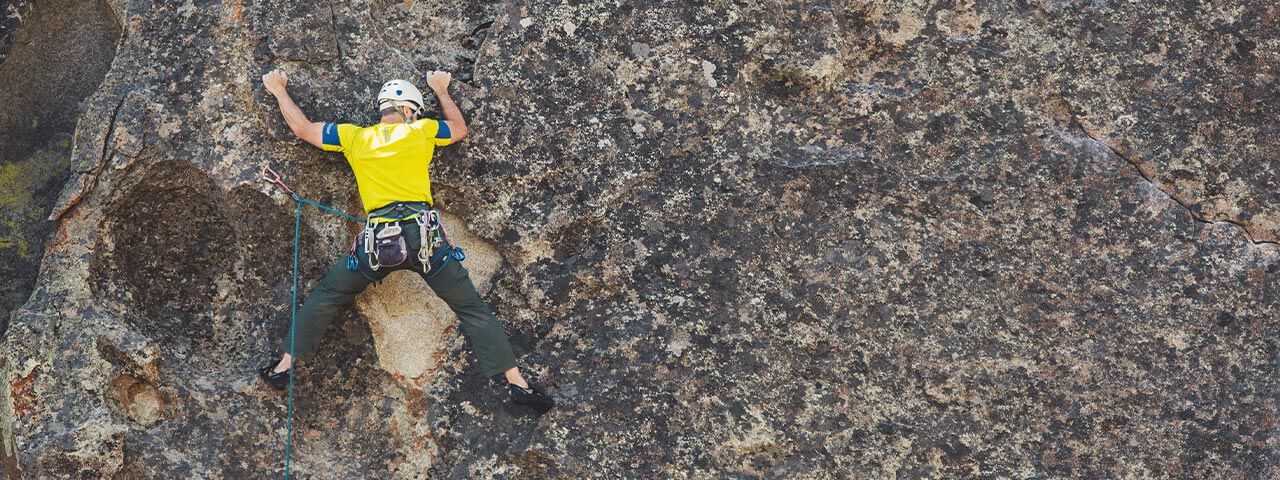
Take Rock Climbing to the Next Level With Sports Vision Training
Rock climbing is a physically and mentally demanding sport that tests a climber’s strength, endurance, and balance.
Yet many climbers don’t realize that their visual skills play a crucial role in judging the distance between rocks, or whether one foothold is more secure than another. If a climber’s visual skills are subpar, it will negatively affect their eye-hand-body coordination — and their safety.
Sports vision training focuses on honing the specific visual skills athletes need to excel at their chosen sport. Through visual tests and screenings, an eye doctor can determine which visual skills an athlete needs to improve.
The doctor will design an individualized sports vision training program to address the athlete’s strengths and weaknesses. The program will focus on skills like eye-hand-body coordination, dynamic visual activity, visual reaction time, peripheral vision, and tracking focusing, so athletes can reach their full potential.
Below are three visual skills every rock climber should have.
Sports Vision Skills for Rock Climbing
Visual–Vestibular Integration
The vestibular system, a sensory system within your inner ear, is what gives you your sense of balance and spatial orientation. It works in conjunction with your visual system.
Vision therapy works to integrate these two systems.
In rock climbing, visual-vestibular integration enables climbers to complete a complex climb by maintaining their balance without getting dizzy.
Binocular Vision
Binocular vision is the eyes’ ability to create one clear image and to perceive depth between objects. Good binocular vision allows a climber to judge the distance between their current location and the holding point they need to reach.
Eye-Hand-Body Coordination
Having good eye-hand-body coordination requires the visual system to process the information it gathers via the eyes to direct the movements of the body.
To climb safely, a climber’s eyes need to quickly and efficiently send signals to their hands and feet, alerting them to the best route to follow or the sudden appearance of a rattlesnake.
With sports vision training, athletes do a series of in-office and at-home exercises that improve these and other visual skills. After practicing these tasks, their eyes, brain and body begin to work together more efficiently. Their timing improves and their movements become smoother.
Whether you are a competitive rock climber or climb just for pleasure on the weekends, it’s important to train not only your muscles, but your visual skills. To learn more about how sports vision training can help you become a better climber, contact The Solution Center Sports Vision Clinic today!
Our practice serves patients from Westerville, , , and , Ohio and surrounding communities.

